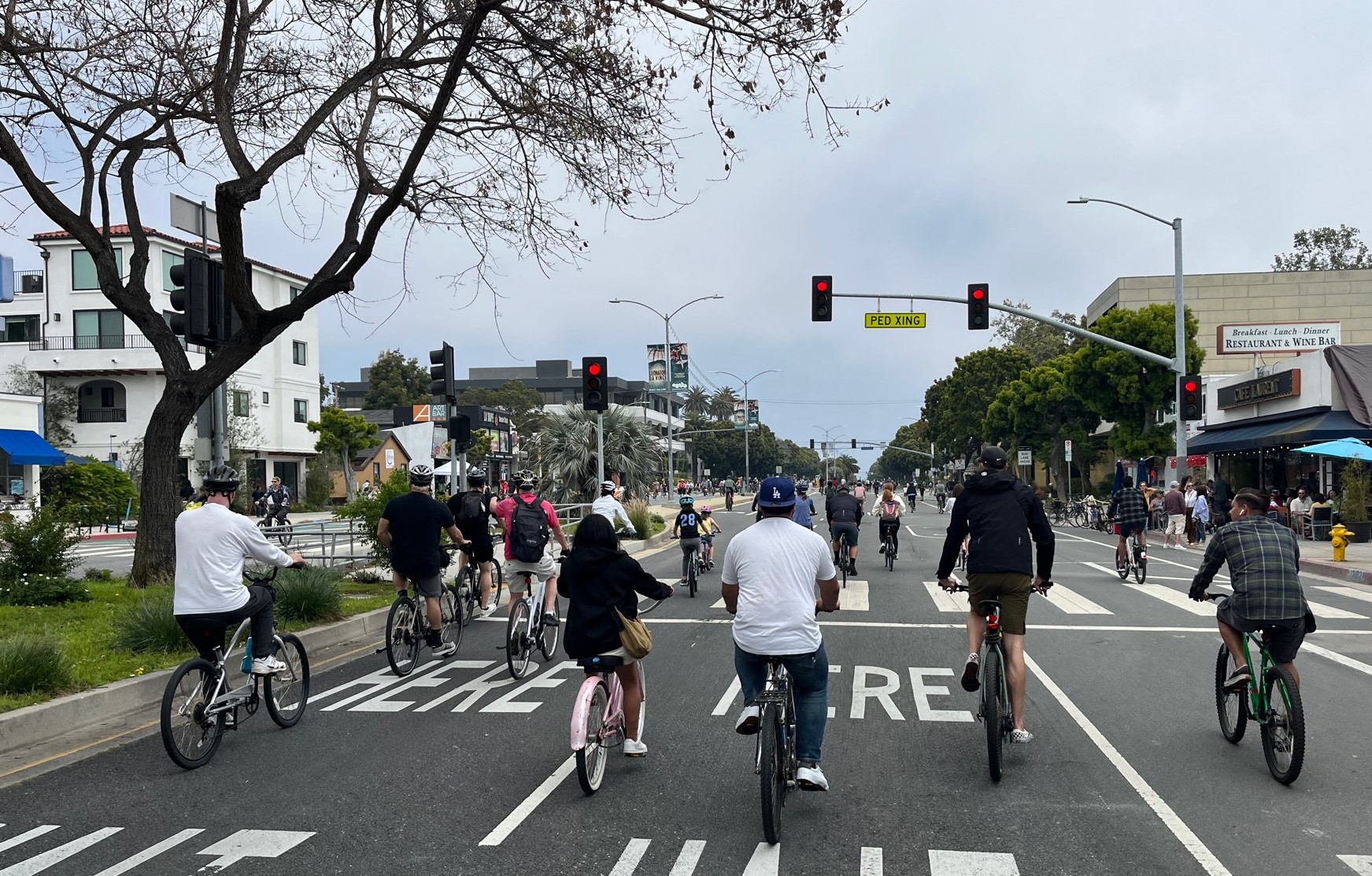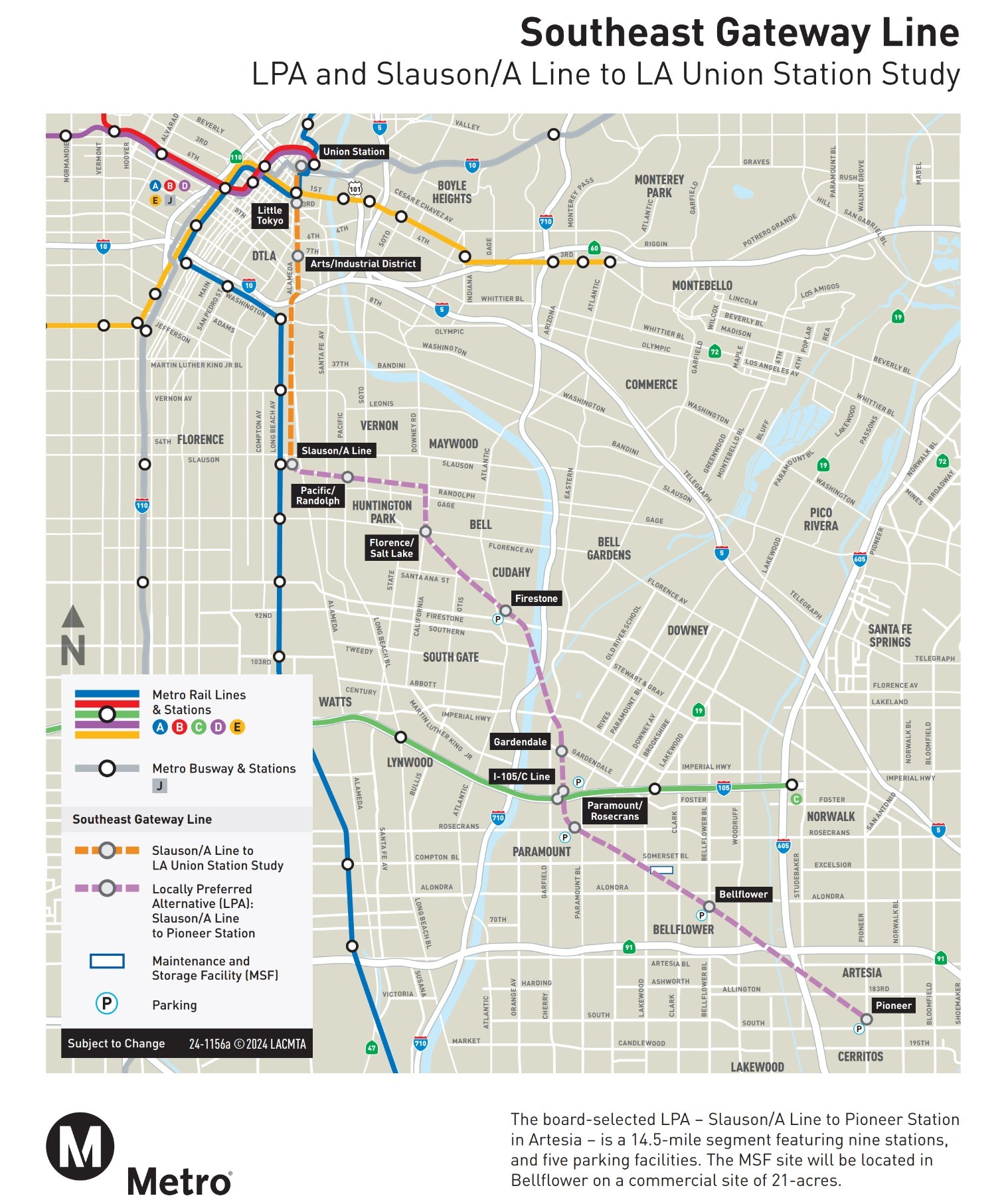When it comes to the carbon consumption of cars, trains, and buses, the
U.S. Department of Energy's (DoE) Transportation Energy Data Book [PDF] is an indispensable resource. But this year's Data Book contains an eyebrow-raising error in its analysis of rail's energy use.
Page 66 of the Data Book, reprinted
on the DoE's website on Inauguration Day, contains a table ranking the
energy intensity of various light rail systems across the country.
The
DoE lists the "average" energy efficiency of all light rail systems as
7,605 Btus per passenger mile, while the average for cars was 3,514
Btus per passenger mile.
Those numbers were enough to spark inflammatory headlines about the energy consumption of light rail. The only problem: The rail data is wrong.
An
eagle-eyed Streetsblog Capitol Hill reader discovered that the DoE used
simple averaging to obtain its light rail number, without weighting
each city's light rail network based on how many passengers it carries.
So Kenosha's streetcars, which carry a bit more than 60,000 passengers annually, were treated the same as Seattle's light rail, where ridership is exceeding 60,000 every week.
Even famously anti-transit Randal O'Toole
recognized the DoE's error and pointed out the actual average energy
efficiency for light rail is 3,642 Btus per passenger mile --
comparable with the numbers for cars, which don't fully account for the
choice of auto driven.
The same averaging error is made on
page 67 of the Data Book, which states that the "average" energy
efficiency of heavy rail is more than 3,600 Btus per passenger mile.
That average put Cleveland's energy-chugging system, which carry
about 30,000 passengers on an average weekday, on equal footing with
the New York City subway, where the average weekday ridership tops 7
million.
When the Streetsblog reader contacted the DoE to
inform them of the error, he got a quick acknowledgement and a promise
to correct the data as soon as possible. The incorrect averaging should
never have been used, the DoE said.
One wonders how many misleading commentaries transit critics can publish using the false data before the government corrects it.





